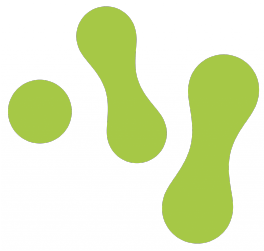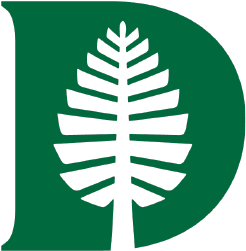| MirGeneDB ID | Obi-Mir-2-o20-v2 |
|---|
| Family name |
MIR-2 (all species) |
|---|
| Seed |
AUCACAG |
|---|
| Species |
California two-spot octopus (Octopus bimaculoides) |
|---|
| MiRBase ID |
|
|---|
| Paralogues |
Obi-Mir-2-o20-v1
Obi-Mir-2-o21
Obi-Mir-2-o22a
Obi-Mir-2-o22b
Obi-Mir-2-o22c
Obi-Mir-2-o22d
Obi-Mir-2-o22e
Obi-Mir-2-o23
Obi-Mir-2-o24
|
|---|
| Orthologues |
Esc-Mir-2-o20-v1
Esc-Mir-2-o20-v2
Npo-Mir-2-o20
Ovu-Mir-2-o20-v1
Ovu-Mir-2-o20-v2
|
|---|
| Node of Origin (locus) |
Cephalopoda
|
|---|
| Node of Origin (family) |
Protostomia
|
|---|
Genome context
(PRJNA270931_OBI) |
KQ419829: 51363-51423 [-]
Ensembl
|
|---|
Precursor
(pre-Mir +30nt flank) |
CAGAGCUUGAUGUAGAAACAGGUUACAAAGGCAUCAAUGCUGGAUGUCAUAGUAAAUCUAUGGGGCCUAUCACAGCCAGCUUUGAUGAGCCUUGUCUCCUGCCAGUCAUCACUGCUAGUUU
Get precursor sequence
|
|---|
| Structure | 10 20 30 40 50
CAGAGCUUGAUGUAGAAA-- UU A --| U A C UAAAUC
CAGG AC AAGGC AUCAA GCUGG UGU AUAG U
GUCC UG UUCCG UAGUU CGACC ACA UAUC A
UUUGAUCGUCACUACUGACC UC - AG^ U G C CGGGGU
. 110 100 90 80 70 60 |
|---|
| Deep sequencing |
Go to detailed chart
|
|---|
| Comment | It is not clear either from phylogenetic or syntenic information how many Mir-2 genes were present in the last common ancestor of protostomes and how the multiple paralogues in lophotrochozoans relate to the four Mir-2 genes in arthropods. Thus all lophotrochozoan genes are classified as orphans pending further data and analysis. |
|---|
| 3' NTU |
No
|
|---|
| Motifs | CNNC at 3p(+17) |
|---|
Tissue expression
|
|
|---|
| Star sequence |
Obi-Mir-2-o20-v2_5p* (predicted) |
| mirBase accession | None |
|---|
| Sequence |
0- GCAUCAAUGCUGGAUGUCAUAGU -23
Get sequence
|
|---|
| Mature sequence |
Obi-Mir-2-o20-v2_3p |
| mirBase accession | None |
|---|
| Sequence |
37- UAUCACAGCCAGCUUUGAUGAGCC -61
Get sequence
|
|---|






